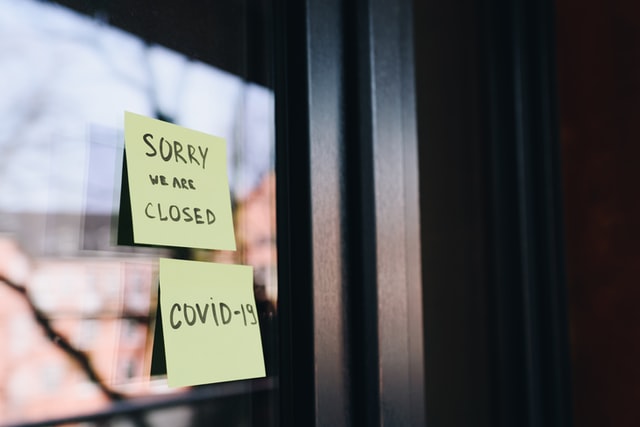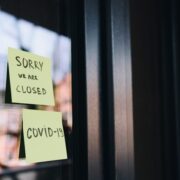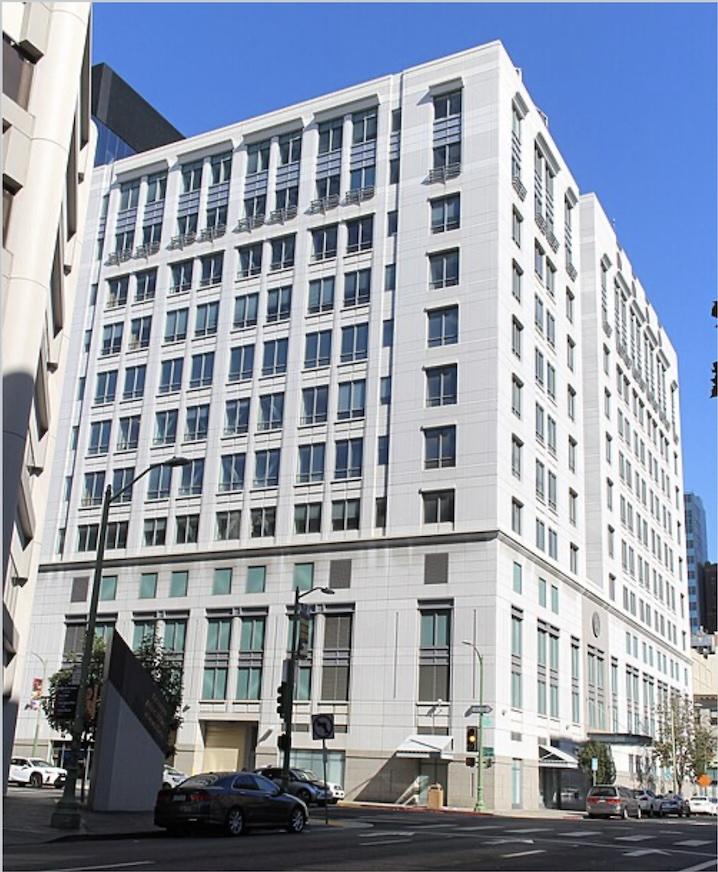
Newsom considers curfew as the state experiences ‘the fastest increase’ of virus cases
AFTER months of economic reopenings that allowed residents to partake in public life again, California is approaching yet another shutdown period as Sacramento has downgraded three-quarters of the state’s counties to the strictest pandemic restrictions, Gov. Gavin Newsom announced this week.
Newsom announced on Monday, Nov. 16 that 41 of the state’s 58 counties have seen significant increases in COVID-19 transmission, effectively ordering those counties’ indoor dining, gyms, movie theaters and other businesses to either remain closed or shut down.
Newsom hinted at more restrictions to come by Friday, Nov. 20.
“We are sounding the alarm,” Newsom said in a statement. “The spread of COVID-19, if left unchecked, could quickly overwhelm our health care system and lead to catastrophic outcomes.”
In the last 10 days, the daily coronavirus tallies have doubled across the state; as previously reported in the Asian Journal, California last week became the second state to exceed 1 million coronavirus cases total.
State officials have attributed the rise in cases to the public’s frustration over pandemic safety protocols: large groups of people gathering in close quarters with no masks, socializing in public spaces where the recommended 6 feet distancing is ignored and regularly visiting family and friends’ homes.
California is operating on a color-coded tier-based reopening blueprint — counties that achieve lower transmission rates are able to move out of the more restrictive tiers of the plan. Newsom’s announcement on Monday puts 94.1% of Californians in the strictest purple tier.
Among the counties that moved back to the purple tier include Orange County, which has seen a dramatic increase in hospitalizations over the last month. According to the state, schools that have already reopened won’t be affected by Orange County’s return to the purple tier.
“I’m hoping that people understand when we let our guard down and have these gatherings, we transmit the virus to each other,” Orange County Health Officer Dr. Clayton Chau told Orange County Supervisors at their meeting on Tuesday.
As of Tuesday, Nov. 17, 270 Orange County residents were hospitalized for the virus with 79 in ICUs, the county’s Health Care Agency reported. It’s the highest amount of hospitalizations the county has seen since the summer.
The current totals for Orange County as of press time include 1,526 COVID-related deaths and 65,957 confirmed positive cases.
Los Angeles County continues to lead the state in confirmed cases and deaths with a huge surge of positive cases over the weekend: 3,780 on Saturday and 3,061 on Sunday. There are currently 1,049 patients currently hospitalized with more than a quarter in the ICU; this is the highest number of hospitalized COVID-19 patients since the summer.
“The county has not experienced daily numbers like this since late July, durin the last surge that resulted in many people becoming very seriously ill and losing their lives to COVID-19,” the county’s public health office said in a press release.
With the surge of numbers, officials are doubling down on their pleas to the public to stay at home as much as possible and avoid socializing with people outside the home. Masks have been scientifically proven time and time again to curb viral transmission, but even with masks, spending the holidays with out-of-household people still poses a significant risk.
LA Mayor Eric Garcetti said in a briefing on Monday that “the risk of this disease has never been higher and the accelerating rate of infections has never been swifter,” calling on residents to take heed of the following: “Stay at home as much as possible for the next two to three weeks, assume that everyone outside your household is infectious and stop gathering.”
Newsom’s announcement of stricter state protocols follows a controversial decision to attend a birthday celebration in Napa Valley on Nov. 6 for his friend and lobbyist Jason Kinney. The governor’s attendance was first reported in the San Francisco Chronicle, and while Newsom assured that the 12-person party adhered to social distancing protocol, Californians criticized the governor.
“I want to apologize to you because I need to preach and practice, not just preach and not practice, and I’ve done my best to do that. We’re all human. We all fall short sometimes,” the governor said in a briefing on Monday, acknowledging the dinner at the posh French Laundry did not appear as pandemic-friendly as he thought.
“As soon as I sat down at the larger table, I realized it was a larger group than I had anticipated and I made a bad mistake. Instead of sitting down, I should have stood up and walked back, got in my car and drove back to my house,” the governor admitted.
Newsom wasn’t the only lawmaker accused of breaking social distancing recommendations. Nearly 100 lawmakers and lobbyists from four states — including California, Hawaii, Texas and Washington state — gathered at the luxury Fairmont Kea Lani resort in Maui, Hawaii for a legislative conference organized by the Independent Voter Project.
Organizers of this event assured that the annual event was one-third of its regular size and that attendees must provide proof of a negative COVID-19 test taken within three days of arrival. But as scientists from the CDC have stressed, tests don’t guarantee a negative diagnosis or mitigate risks; tests could fail to catch the virus during the incubation period and travelers could still expose themselves to the virus on the island and bring it home.
In Washington, after receiving intense backlash from the public, two separate dinners for freshman Republican and Democratic House members became a carry-out meal instead of the planned formal dinner.
House Speaker Nancy Pelosi (D-Calif.) had told the media on Friday, Nov. 13 that the venue was “very spaced” and safety protocols were to be imposed, but due to the backlash, the dinner was modified. Minority Leader Kevin McCarthy (R-Calif.) followed Pelosi’s decision to downgrade the dinner.
“Fair to say that the timing isn’t great,” Jack Pitney, a politics professor at Claremont McKenna College, told Politico “Anybody organizing an in-person event should think carefully about the optics, particularly in California, where the governor has just sent most of the state into purple. There’s a chance this will not be received well by the general public.”







